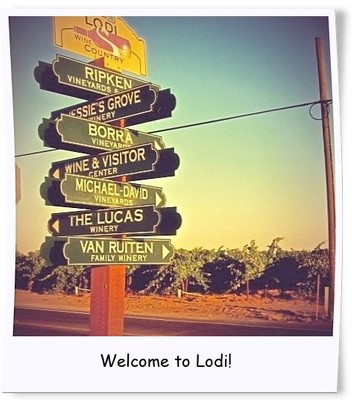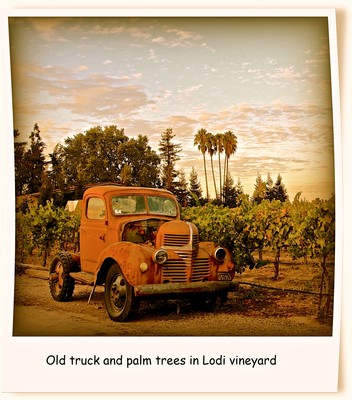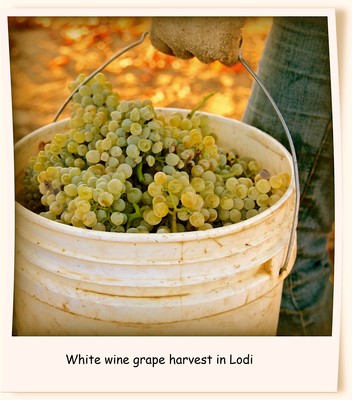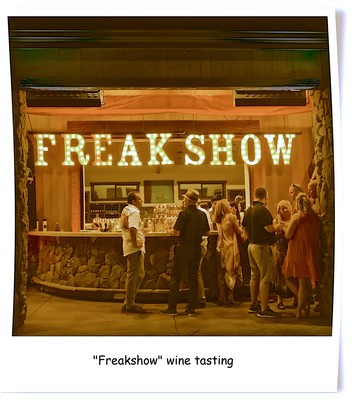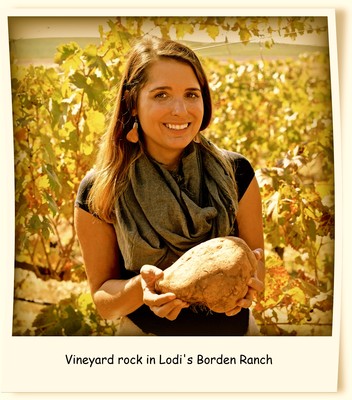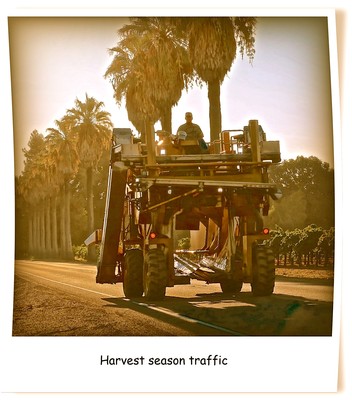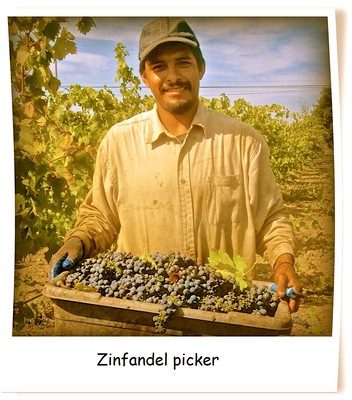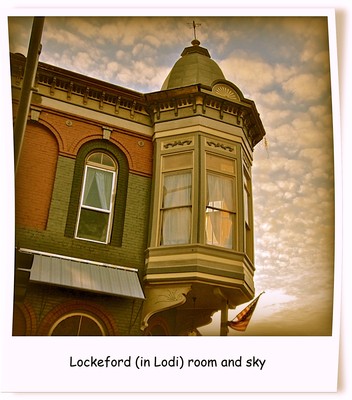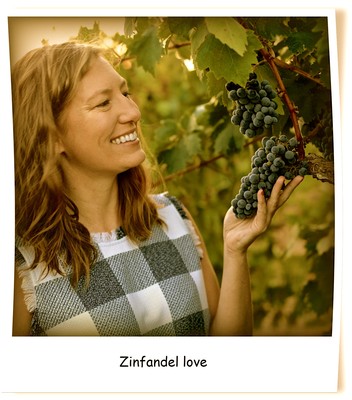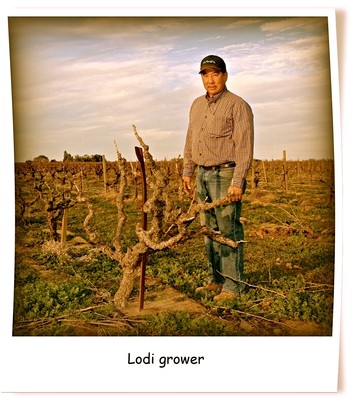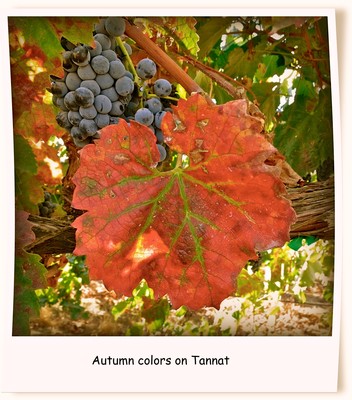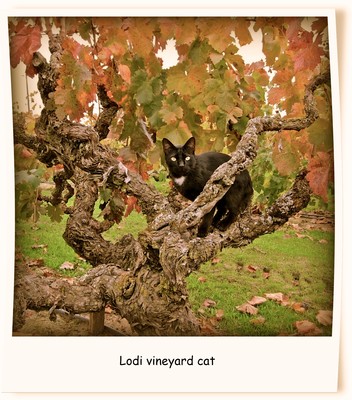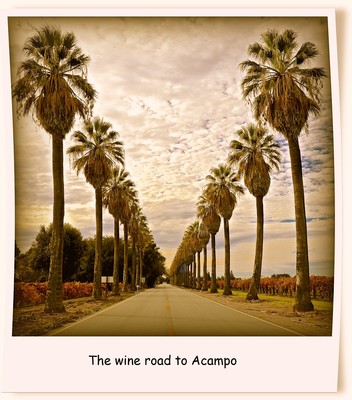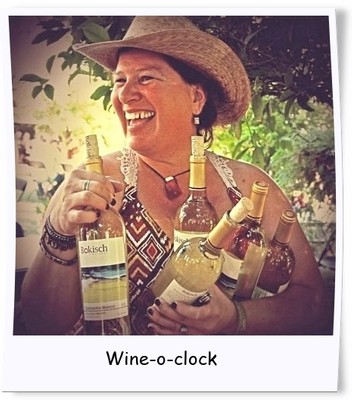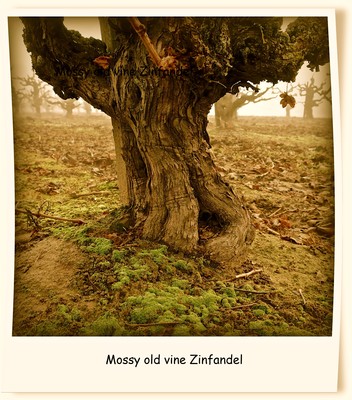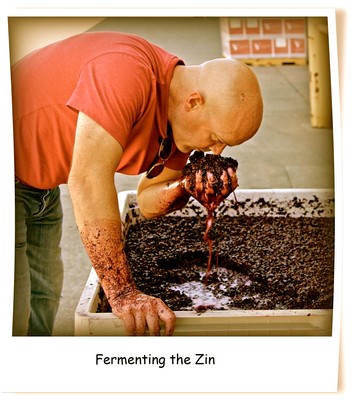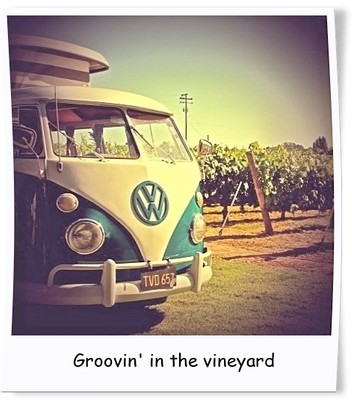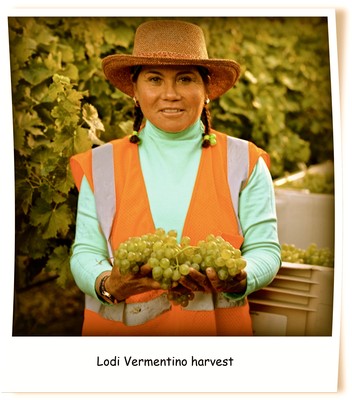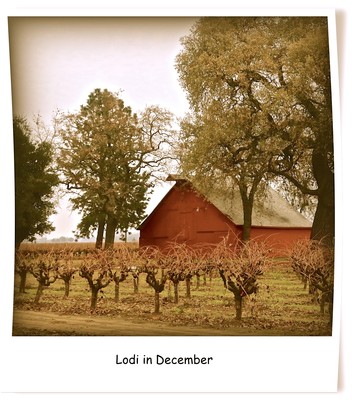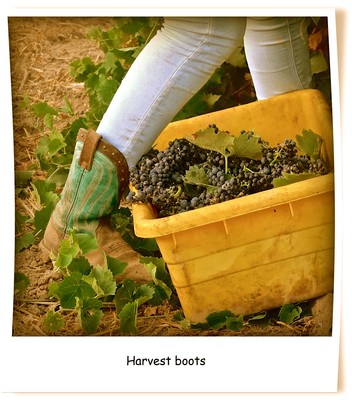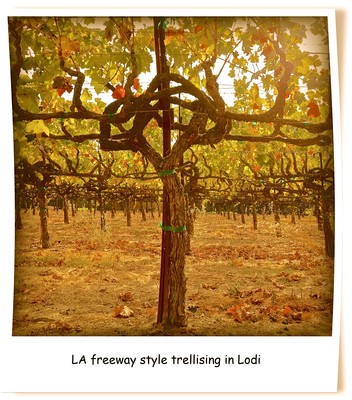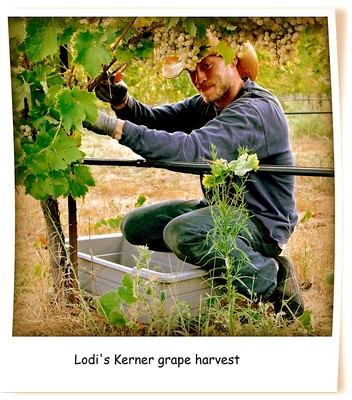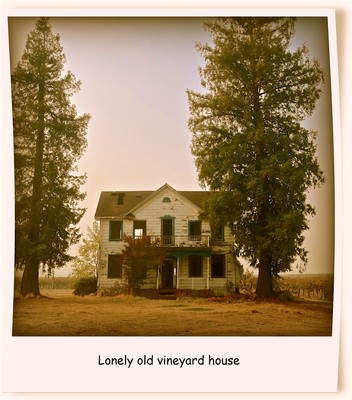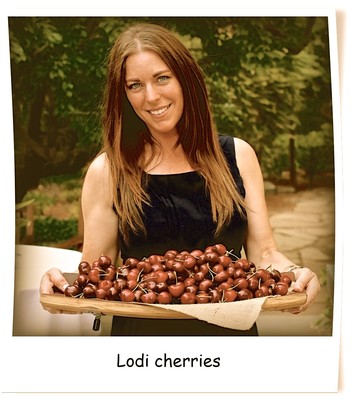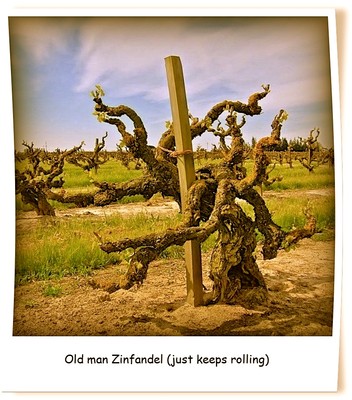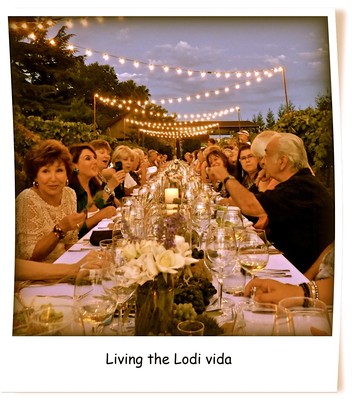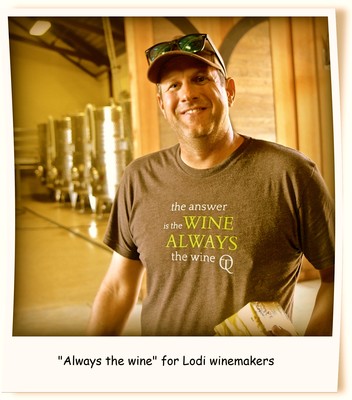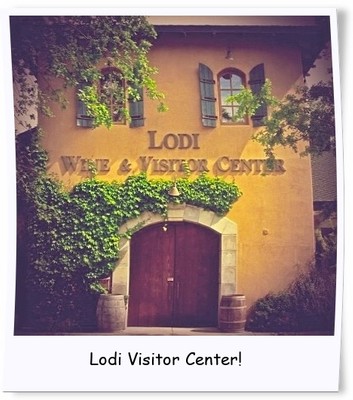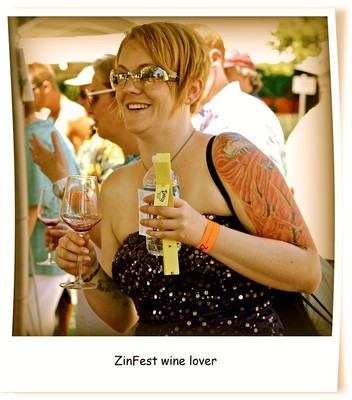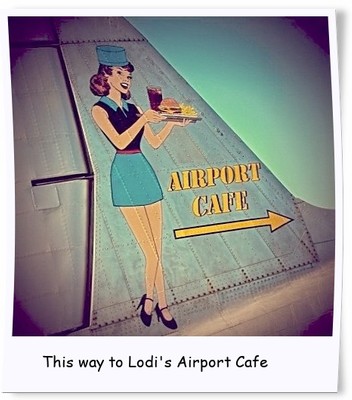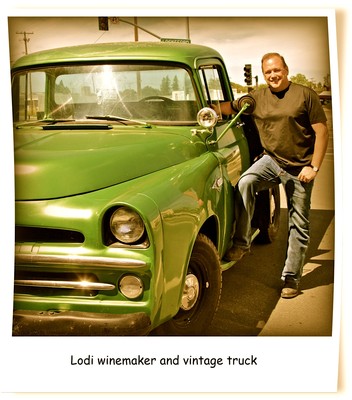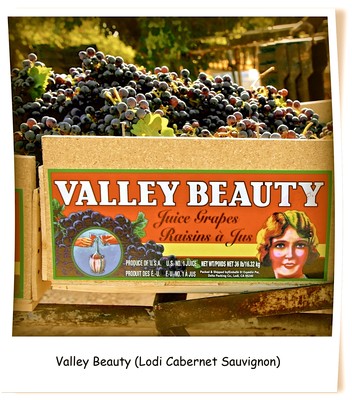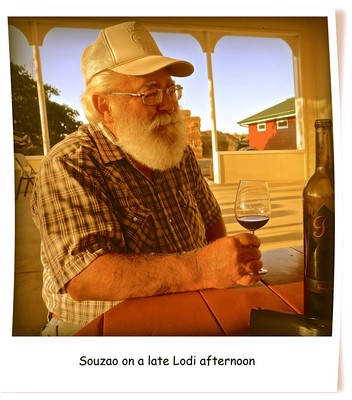Letters from Lodi
An insightful and objective look at viticulture and winemaking from the Lodi
Appellation and the growers and vintners behind these crafts. Told from the
perspective of multi-award winning wine journalist, Randy Caparoso.
Our favorite Lodi images gleaned through Polaroid-ized lens
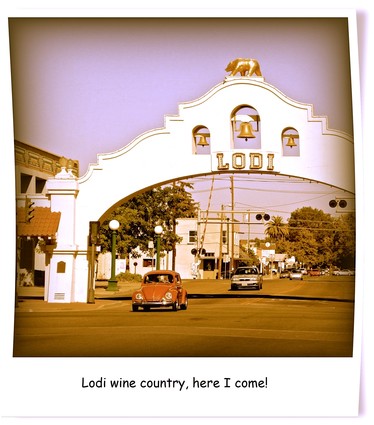
More than a few visitors have remarked on how Lodi wine country is almost retro -- we think, like a Polaroid "instamatic" camera -- in its pure, honest, no-fuss... fun-ness.
The City of Lodi itself, to begin with, sticks to its twentieth century feel, starting with the Mission Revival inspired Lodi Arch standing at the corner of Lodi's historic Pine and Sacramento streets, steps away from the original Central Pacific Railroad station established in 1869. The railroads turned many an American cow-town into bustling metropolises, and the Lodi Arch was first erected in 1907 to commemorate a proud, burgeoning city's first big, high-profile celebration (the 1907 Tokay Festival celebrated over three days, which you can read all about in our blog on When Lodi celebrated grapes like no American city never-ever has).
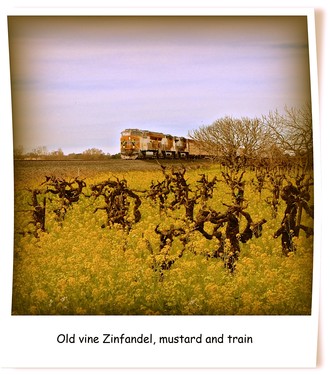
Almost everything about the Lodi wine industry is steeped in that kind of feeling, suggesting a natural and sturdy old school charm ingrained in the culture like rings of an ancient oak. For one, there is fact that most of Lodi wineries are locally owned and grown -- in many cases, by families who have been farming in the region since the 1800s or early 1900s -- rather than by corporations or "outside" interests.
Maybe that's good, or not-so-good if you are a wine lover more accustomed to many of the more ambitious, and elaborate, winery operations packing in the crowds up and down the West Coast. But if you prefer something homegrown, yet innovative in its own stubborn way, you might prefer Lodi.
It's almost strange, that is to say, that the country's largest winegrowing region (over 100,000 acres of vineyards) should have so few wineries (just over 80) in comparison to smaller wine regions (such as Paso Robles' 33,000 acres and 200-plus wineries, or Sonoma County's 62,000 acres and 425-plus wineries).
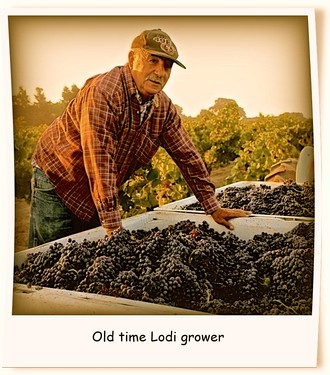
But that's Lodi for you. It's more of an agricultural region. One that reminds you that fine wine is something grown, cultivated in fields by actual farmers, rather than concocted out of something abstract in jillion-dollar wineries with sculptures displayed between the barrels and gleaming stainless steel tanks.
The wines of Lodi have a farming personality. Far more often than not, you taste inviting fruit that is either soft and round or fresh and crisp, with a pleasurable immediacy as opposed to being something austere, elusive or "complicated." You know the latter: the type of wines that you are told are "good," but when you taste them it's almost as if you have to figure out what's so good about them, which makes you wonder if you are sophisticated (or worthy) enough to appreciate them. Especially while standing in wineries with $50 or $100 tasting fees.
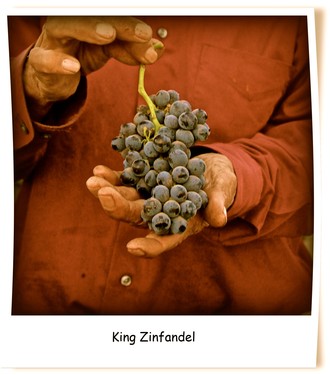
The fact that you find, in Lodi tasting rooms, more brands of Albariño, Tempranillo and (of course) Zinfandel than Chardonnay, Cabernet Sauvignon or Pinot noir bottlings should tell you something about the region. Lodi's Mediterranean climate is conducive to the classic gastronomic grapes of Europe, and Zinfandel is also among the most food-versatile wines in the world. More importantly, Lodi vintners are smart enough to know all of that, so that's what they run with -- wines that sustain the palate first, without passing Go or collecting $200.
Lodi wines, in that sense, are not unneccessarily complicated, yet have a genius in the way they appeal to a broader denomination: instant "gratification"... or, like a good ol' Polaroid camera.
And yes, "genius" is apropos, at least when it comes to Polaroid. The story goes that a self-taught scientist named Edwin Land invented the first Polaroid Land Camera in 1947 at the prompting of his 3-year-old daughter, who asked why she had to wait so long to see a photo. So like a good dad, Land figured out how to get photos processed instantly (and then, of course, turned his daughter's idea into a ground-breaking industry), from the same instrument held in the palm of his hand.
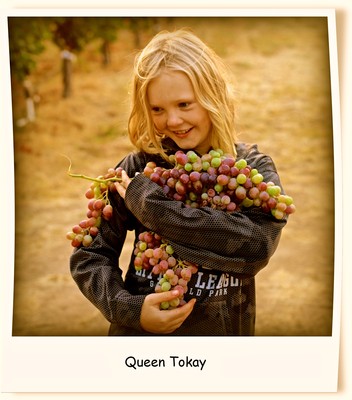
As a result, generations of us born before the 1990s grew up with the joy of straightforward, "point-and-shoot" (no dials or settings to"master") Polaroid cameras, instantly popping out those fun (and, granted, often funny looking), square photos with the lumpy white frame at the bottom (handy for holding, waving around, and jotting down moments for posterity).
While you can still buy Polaroid (or Polaroid-type) cameras, the digital age has turned even the biggest of us camera "dummies" into photo-snapping geniuses. But lest you look down upon the quaintly uneditable, white-framed instant photo, try to remember that the best commercial as well as most famous photographers and artists (like Ansel Adams and Andy Warhol) have all used instant cameras. They employ them for technical reasons (like testing framing and lighting), but also because instant photos are, well, very cool, and probably always will be.
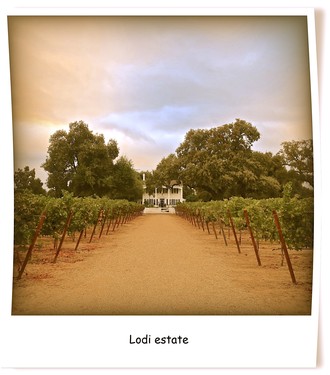
Admittedly, for our purposes (blogging, social media, computer filing, etc.) we don't use instant cameras. But that doesn't mean we can't appreciate the feel of those images. Therefore, for fun, we'd like to share a few of our favorite photos of good ol' Lodi wine country reformatted in those slightly warped, fuzzy/funny, old school Polaroid frames. It seems like a natural fit, even if it's more like a retro-fitting from our digital files. Retro-anything is cool, especially when it comes to Lodi.
Imagine, for instance, if images of our 1940s Lodi Grape Festival queens -- shamelessly adorned with luscious clusters of Lodi's classic Flame Tokay -- were memorialized in the type of sepia toned photos generated by Edwin Land's first (in 1948) edition of his commercial Land Camera:
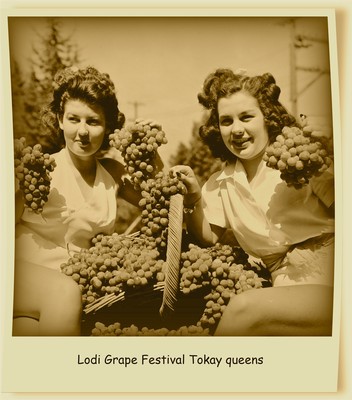
By the mid-'60s, Polaroid came out with its earliest color instant cameras, which were like the greatest thing since sliced bread (or, in '60s parlance, a real "gas"). We borowed this old shot from Mohr-Fry Ranches' Jerry Fry (in photo below as a younger man, to the left), who started out in the grape growing business when the brilliantly pink colored Flame Tokay grape still dominated the Lodi landscape (up until the early 1980s):
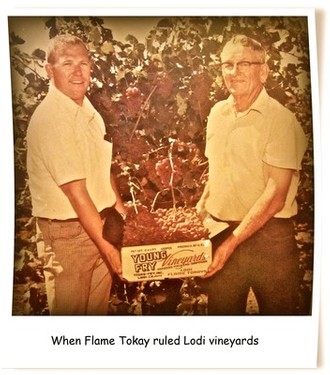
The rest of our Polaroid-ized photos pretty much speak for themselves. We hope you enjoy looking at them, and getting that sturdy yet easy feel of Lodi wine country, as much as we do...
